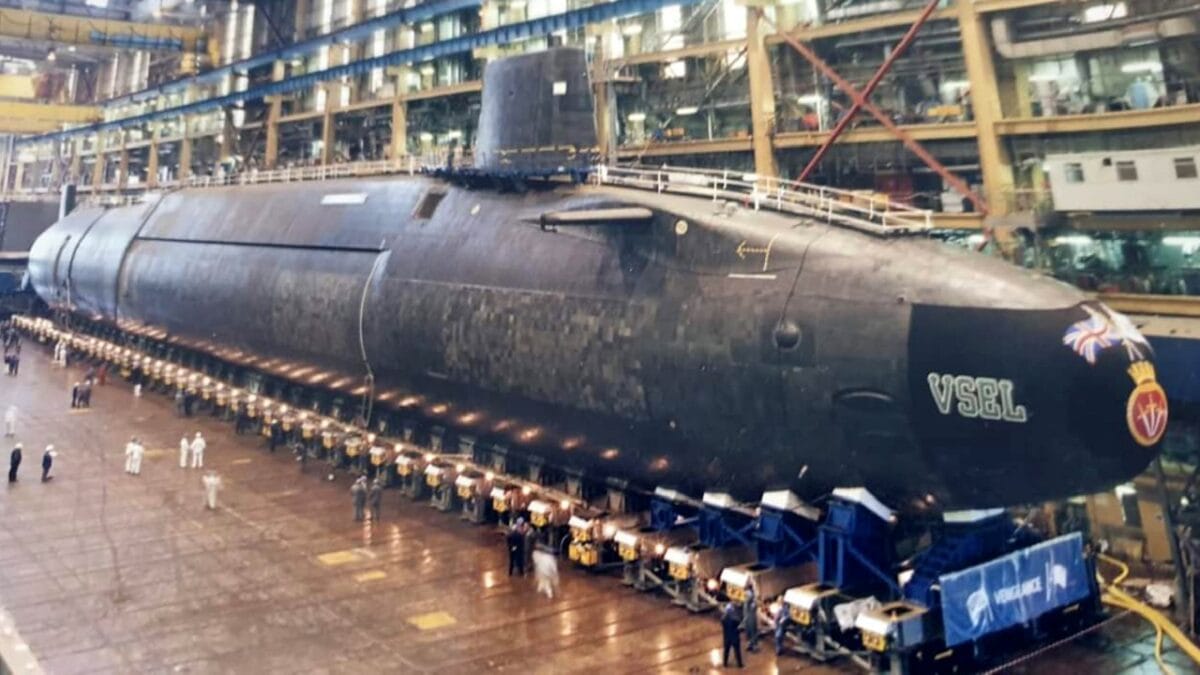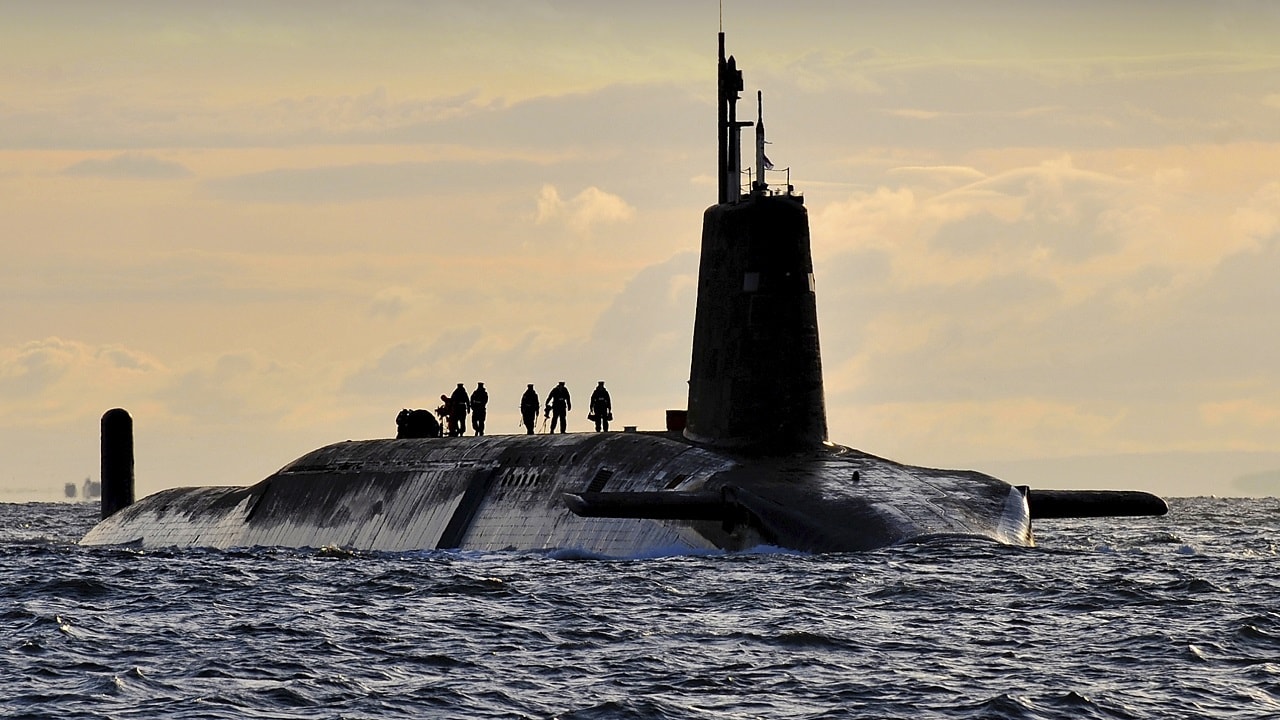A French Submarine Hit a British Submarine – A joke was made when London and Paris announced plans to build the “Chunnel” – the undersea tunnel that links the UK to France – that cars would get into an accident as the English drive on the left side of the road and the French drive on the right. Of course, cars don’t actually drive in the Chunnel.
Still, perhaps a similar misunderstanding is what caused the collision between two submarines, one in service with the Royal Navy and the other with Marine Nationale in February 2009.
Each of the boats was carrying nuclear missiles when they had an all too close encounter during their respective operational patrols in the Atlantic Ocean. Both the Royal Navy’s HMS Vanguard and Marine Nationale’s Le Triomphant were able to return to port under their own power following the collision.
The incident was described as a “one-in-a-million occurrence” given the expanse of the oceans and the low number of submarines that carry ballistic missiles at any given time. There was also “no compromise to nuclear safety,” the defense ministries of the respective nations said in statements.
The British submarine returned to the Royal Navy’s nuclear submarine base, Faslane, in Scotland; while the French vessel was taken to Brest in northwestern France with extensive damage to its sonar dome.
Both submarines were quickly repaired, and each is still in service.
A NATO Nuclear Confrontation?
The two submarines were each reportedly carrying 16 ballistic missiles at the time of the incident, which occurred in the early hours of February 4, while it was due to a lack of communication between Paris and other NATO nations. Even though NATO operates a traffic-control system that alerts allied nations of the deployment zones of friendly submarines, neither Vanguard nor Triomphant was aware of the other’s location!
The NATO system was developed to avoid collisions just such as this one, yet, France was not part of NATO’s military command structure, and as a result, it did not provide information on the location of its mobile nuclear arms to the system.
In some ways, the collision was a testament to the stealth anti-sonar technology, which apparently proved quite effective with both boats. However, it also serves as a warning that current technology to detect a hostile submarine might not be as good as it could be!
Experts have suggested that a nuclear explosion was unlikely. However, the collision could have still resulted in a radioactive leak, as well as the complete loss of the crews and warheads.
The Submarines Involved
HMS Vanguard was launched in 1992 and remains one of four submarines contributing to the UK’s nuclear deterrent. The sub’s firepower includes sixteen Trident II D5 missiles capable of delivering multiple warheads to targets up to a range of 4,000 nautical miles. She has a crew of 141.
Le Triomphant, which was launched in 1994, entered service in 1997 with a crew of 111. The French boat’s weapons include sixteen M45 missiles capable of launching multiple nuclear warheads.
Accidents will happen, and fortunately, as submarine mishaps go, this one was rather minor – at least in terms of what could have occurred!

Vanguard-class Submarine. Image Credit: Creative Commons.
Author Experience and Expertise
A Senior Editor for 19FortyFive, Peter Suciu is a Michigan-based writer. He has contributed to more than four dozen magazines, newspapers, and websites with over 3,200 published pieces over a twenty-year career in journalism. He regularly writes about military hardware, firearms history, cybersecurity, politics, and international affairs. Peter is also a Contributing Writer for Forbes and Clearance Jobs. You can follow him on Twitter: @PeterSuciu.
From the Vault
The Navy Sent 4 Battleships To Attack North Korea
‘Sir, We Hit a Russian Submarine’: A U.S. Navy Sub Collided with a Nuclear Attack Sub

